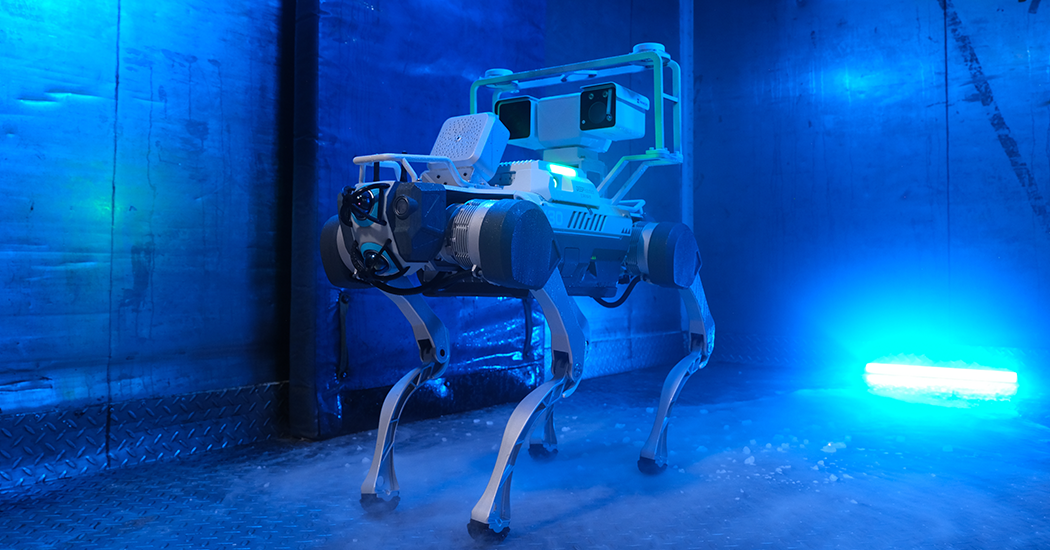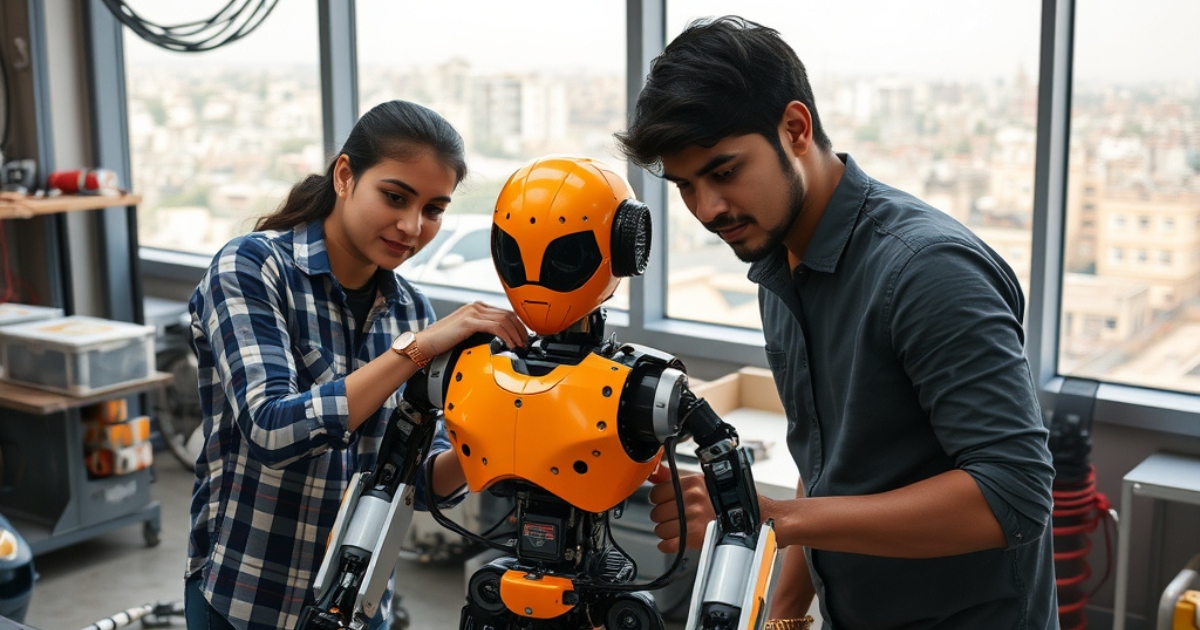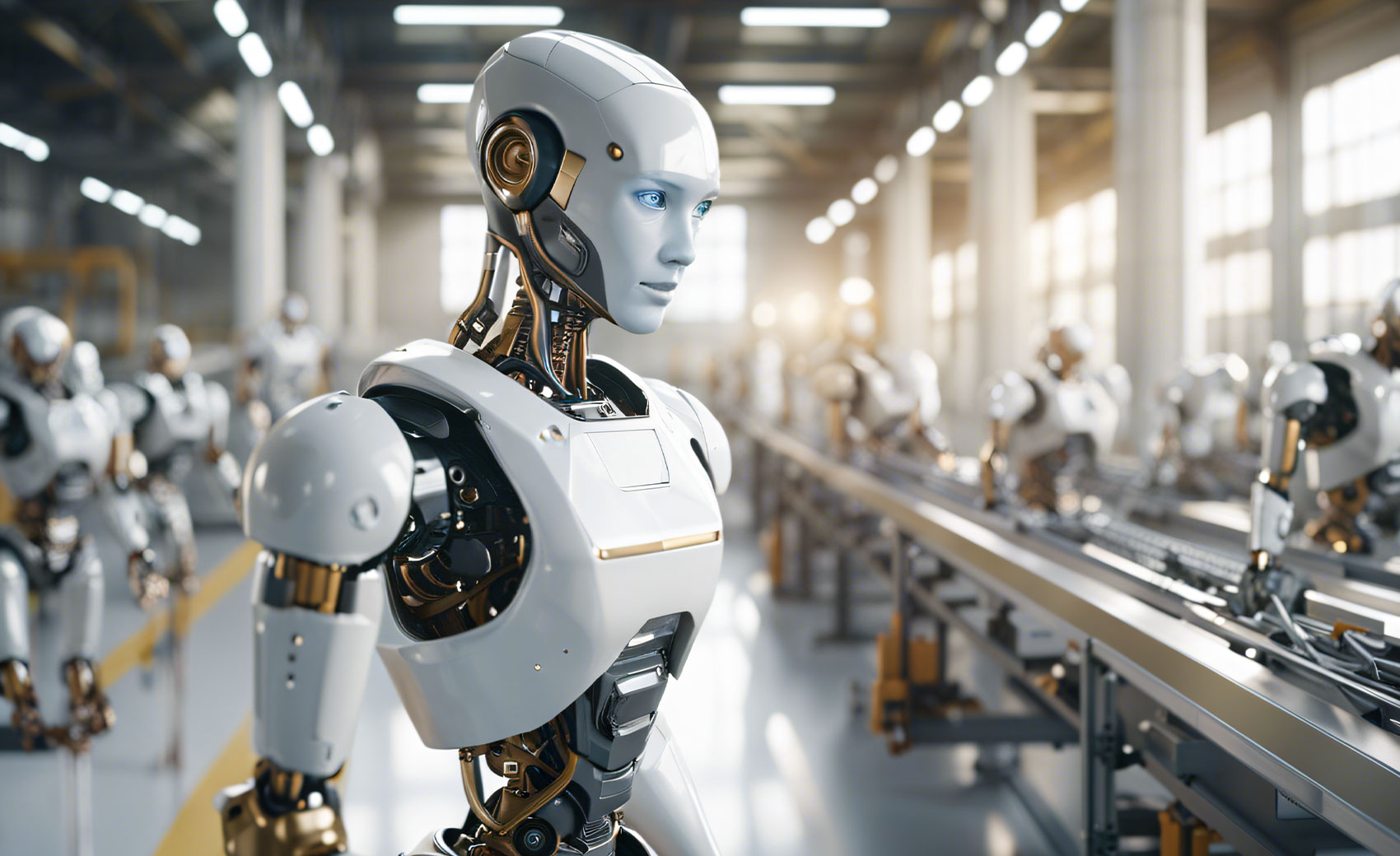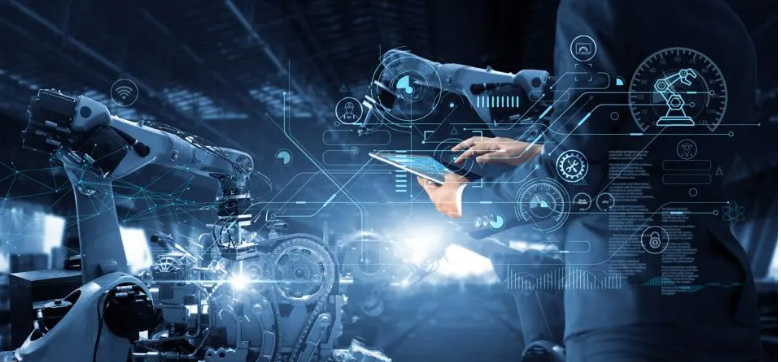The robotics wave has truly arrived in India. What was once seen as a high cost, high risk industry has now become one of the hottest sectors for investment. In 2024 alone, Indian robotics startups pulled in a staggering $117 million across 41 deals. That is a fourfold jump compared to just two years ago, and the numbers tell a bigger story about where innovation and capital are heading.

These figures come from Tracxn, a leading market intelligence platform, and they reflect a growing confidence in automation driven businesses. Globally, too, the trend is unmistakable. Robotics startups raised $18.6 billion worldwide in 2024, up from $8.6 billion the year before, according to the 2025 State of Robotics report by F Prime Capital.
Closer to home, the spotlight is now on companies like Niqo Robotics, which raised $13 million for its precision agriculture bots, and Ati Motors, which attracted $20 million to power its material handling robots. Startups working in construction and industrial automation are also drawing the attention of venture capital firms that believe robotics is no longer a moonshot idea.
One reason for this shift is how the automotive industry has unintentionally paved the way for robotics to thrive. Both industries use similar components such as motors, batteries, and control systems. With the rise of electric vehicles in India, the cost of these components has come down sharply. What was once expensive and difficult to source is now being manufactured locally at scale.
ADVERTISEMENT

Peppermint Robotics, for example, builds cleaning robots and has created its own supply chain in Pune by tapping into the automotive manufacturing base. According to its founder, the core electronics in their machines are sometimes the same as those found in locally made auto rickshaws. This kind of shared ecosystem is slashing costs and production time, making it possible for smaller startups to build complex robotics systems without relying on expensive imports.
Another factor powering this boom is the changing nature of robotic performance. As processing needs grow, startups are shifting toward edge computing where real time decisions can be made without relying on cloud latency. This has been essential for industrial use cases where even a one second delay could lead to failure or accidents. Robotics is no longer about futuristic fantasy. It is now a fast, efficient solution for industries looking to automate operations and reduce manpower dependency.

Beyond factories and warehouses, agriculture is becoming a major arena for robotics innovation. With precision farming tools, robotic arms, and automated irrigation systems, startups like Niqo are showing how AI driven machines can solve real world problems like pesticide usage and crop health. Investors see not just profit but purpose in these ventures.
ADVERTISEMENT
The growth is not just in raw capital. It is in the mindset shift that has taken place. Startup founders and VCs alike are no longer asking whether robotics will work. They are figuring out how to scale it to new sectors. And with India’s price sensitive market gradually becoming more tech accepting, there is reason to believe this is just the beginning.
What we are witnessing is the creation of a parallel economy powered by machines that can see, decide, and act. An economy where robotic vision, AI, and cost effective hardware come together to change the way businesses function. It is a race not just for technological superiority, but for market dominance. And India has officially entered the arena.
For more on emerging tech, breakthrough innovations, and startup trends shaping the business world, follow Marketing Moves on Instagram and Facebook.
















